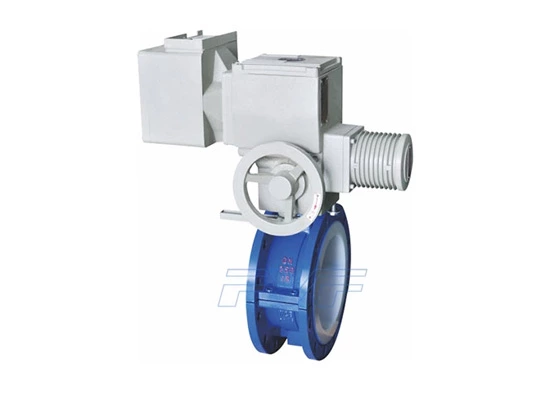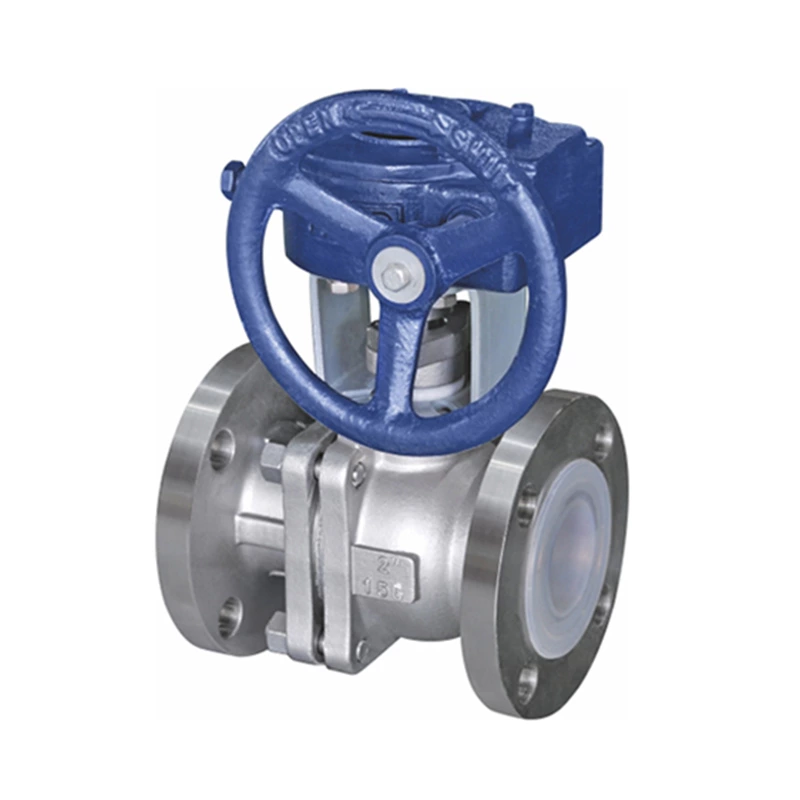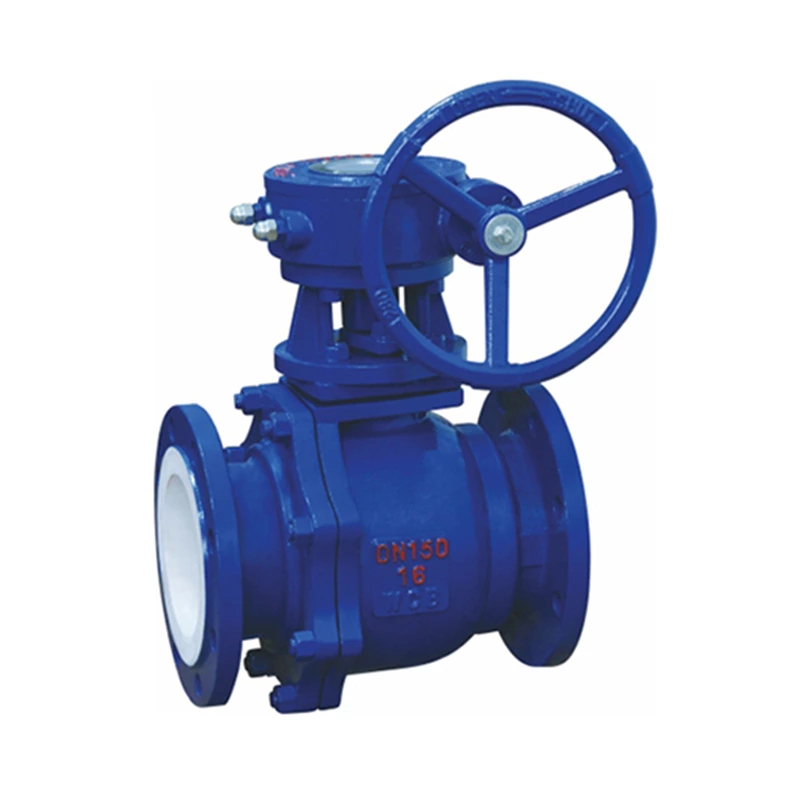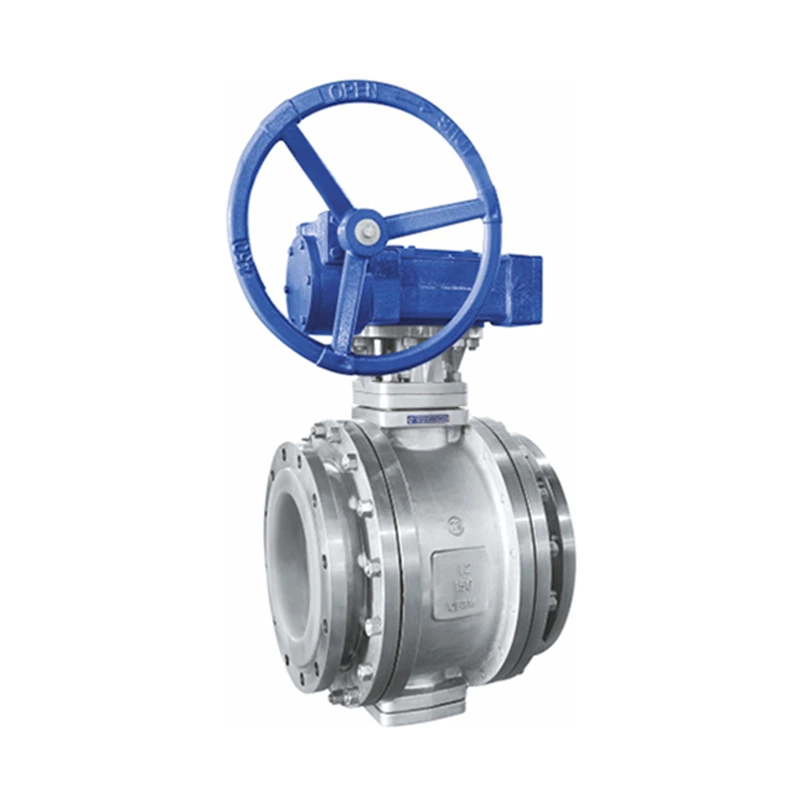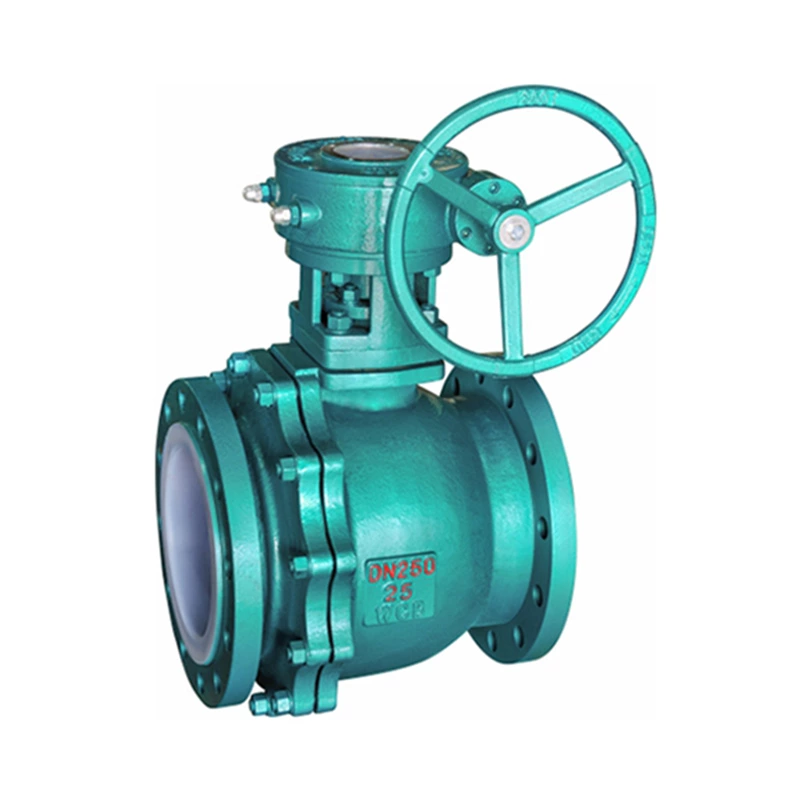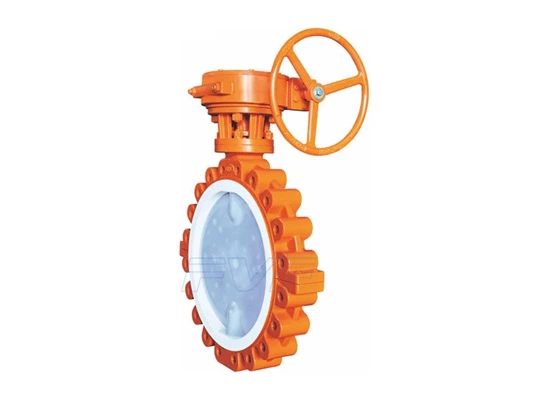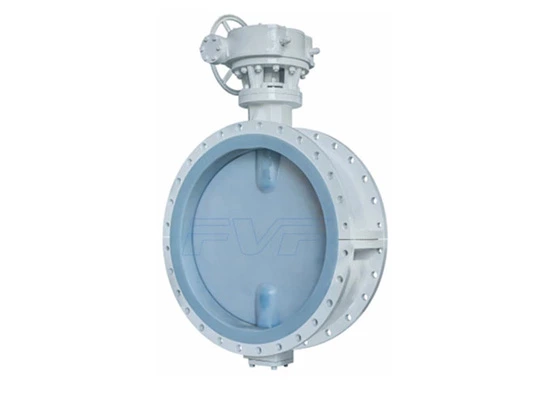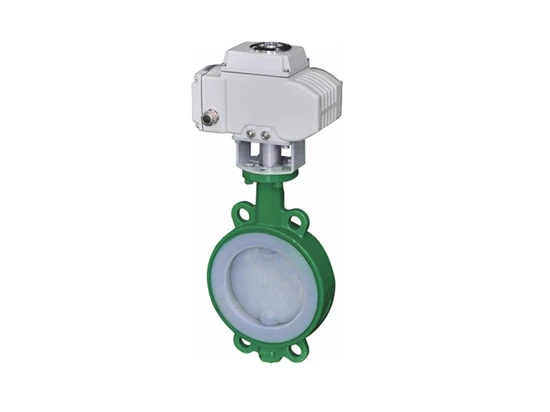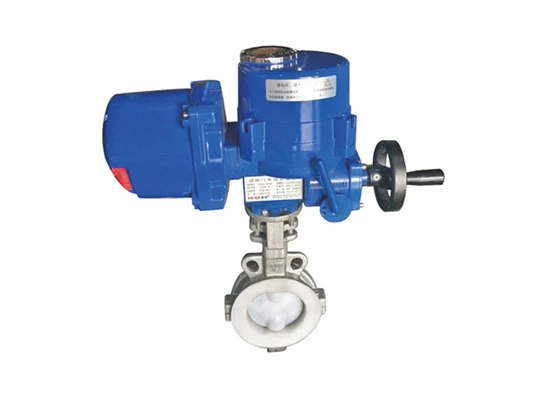What Are The Characteristics Of Pneumatic Fluorine-lined Butterfly Valves? What Is The Working Principle Of Pneumatic Fluorine-lined Butterfly Valves?
Pneumatic fluorine-lined butterfly valves are mainly used to open, close and adjust valves. Fully lined with polytetrafluoroethylene (F4), polytrifluorochloroethylene (F3) and polyperfluoroethylene propylene (F46) fluoroplastic lined valves have the advantages of corrosion resistance, no leakage and long service life. Suitable for concentrated sulfuric acid, hydrochloric acid, nitric acid, hydrofluoric acid, aqua regia, various organic acids, strong acids, oxidizing media or high-temperature olefin sulfuric acid, high-temperature concentrated acetic acid, acid-base alternation and various organic solvents and other highly corrosive media.
What are the characteristics of pneumatic wafer-type fully lined fluorine butterfly valves?
Characteristics of pneumatic fluorine-lined butterfly valves
1. The pneumatic anti-corrosion butterfly valve has a small operating torque, is easy to operate, and is labor-saving and dexterous;
2. The pneumatic fluorine-lined butterfly valve can be installed in any position and is easy to maintain;
3. The seals of the pneumatic anti-corrosion butterfly valve can be replaced, and semi-lined fluorine and full-lined fluorine can be selected according to different working conditions;
4. The sealing material of the pneumatic corrosion-resistant butterfly valve is resistant to aging and corrosion, has a long service life, and can be used for weakly corrosive fluids and strong acid media, etc.
5. The centerline butterfly valve is a butterfly plate and a valve seat that are concentric within a 360° circle (centerline), with a two-way sealing function, and the pressure and flow can be freely adjusted;
6. The four-stage loading elastic seal absolutely guarantees zero leakage inside and outside the valve;
7. The special transition curve at the connection between the shaft head and the butterfly plate and the reasonable interference with the valve seat;
8. The end face of the shaft head adopts an elastic O-ring and a rigid gasket and elastic rubber pad at the shaft shoulder;
9. The radial direction of the shaft adopts a combination of O-rings and metal pads;
10. The valve seat is set in the groove of the valve body with elastic strips;
11. Adjustable elastic pins are used for positioning. Accurate positioning and simple structure.
Working principle and application scenarios of pneumatic fluorine-lined butterfly valve
The opening and closing parts of the pneumatic fluorine-lined butterfly valve are butterfly plates, also known as lined anti-corrosion pneumatic butterfly valves. A thick layer of fluoroplastic is lined on the flow-through parts (such as the inner wall of the valve body, butterfly plate, and valve seat) that will come into contact with the pipeline medium, which has super corrosion resistance and wear resistance. The valve seat and disc of the pneumatic fluorine-lined butterfly valve are all made of PTFE, which effectively ensures that the valve shaft and other related parts are not corroded by the medium in the valve cavity.
Working principle of electric wafer-type fully fluorine-lined butterfly valve
Pneumatic fluorine-lined butterfly valves are divided into pneumatic wafer-type fluorine-lined butterfly valves and pneumatic flange-type fluorine-lined butterfly valves according to different connection methods. Switch-type or regulating-type actuators can also be selected according to working conditions to achieve rapid cut-off of pipeline media or proportional flow regulation. It can be widely used in corrosive fluids with a temperature of ≤180°C and mediums such as strong acids and alkalis at normal temperature and pressure.
Application of Lined Butterfly Valve
The sealing structure of pneumatic fluorine-lined butterfly valve can be divided into semi-lined fluorine butterfly valve and full-lined fluorine butterfly valve according to the working conditions. It has the advantages of aging resistance, corrosion resistance, long service life, and the sealing performance can achieve zero leakage. It is one of the ideal choices for anti-corrosion equipment at present. It is particularly suitable for places with corrosive or cleanliness requirements. It is widely used in any concentration of acid, alkali, strong oxidant and aqua regia, various organic acids, reducing agents, organic solvents and other media, but it is not suitable for medium temperature and pressure too high or with granular process media. Generally, when the pressure and temperature exceed a certain level, it is recommended to use a butterfly valve made of metal sealing material.
